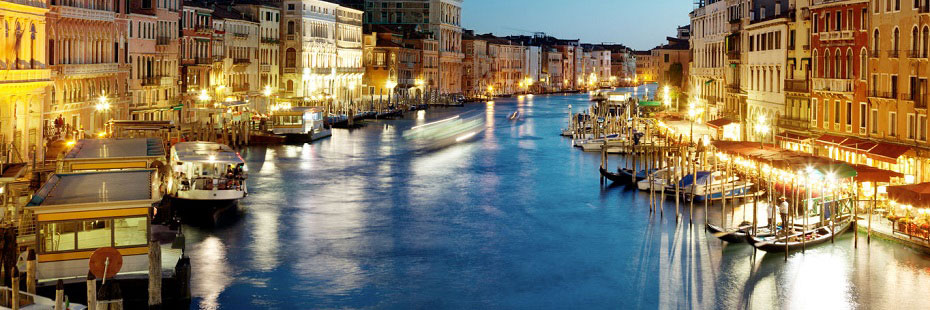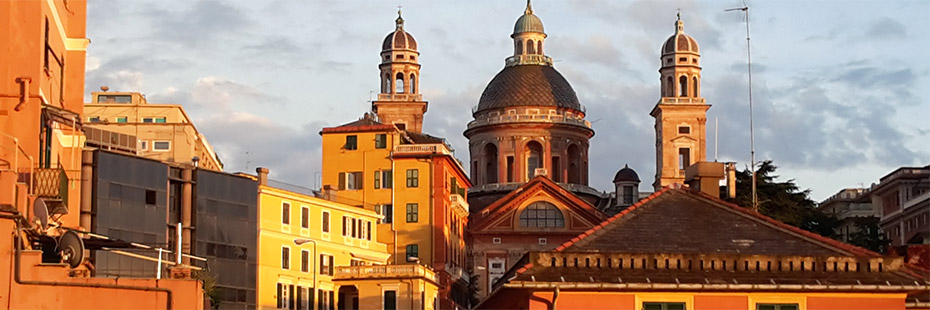| Per
la prima volta questa edizione della Biennale
del Whitney Museum, nota rassegna di arte
contemporanea americana, ha aperto le
porte ad artisti stranieri, grazie ad
un nuovo regolamento che permette l'ammissione
anche di artisti che, benché non
cittadini americani, risiedono negli Stati Uniti la maggior parte del tempo. Francesco Clemente è uno dei pochi esempi e l'unico italiano. |
For the first time, this edition of the Whitney Biennal, notorious showcase of contemporary American Art, opened its doors also to foreign artists thanks to a new regulation, which admits artists who, although not strictly American, spend most of their time in the US. Francesco Clemente is one of these few examples, and the only Italian. |
| Clemente ha raggiunto una buona notorietà negli Stati Uniti, dopo esservi stato introdotto all'inizio degli anni ottanta da Achille Bonito Oliva come membro del gruppo della Transavanguardia. È qui rappresentato da un grande numero di pastelli a soggetto erotico. Il corpo è stato il principale interesse di Clemente durante tutta la sua carriera, visto o come feticcio sessuale o come veicolo di autoespressione tramite la sua ossessione costante con il ritratto. Il corpo è stato attentamente analizzato, feticizzato e rappresentato in modi fantastici e alle volte violenti. La simbologia implicita nella disintegrazione delle membra è collegata ad una spiritualità primordiale, e nelle parole dello stesso Clemente, ad un misticismo orientale a cui egli si è avvicinato soprattutto da quando passa parte dell'anno a Madras, in India. | Clemente has achieved a good recognition in the States, since his successful introduction into the market as a key member of the Transavanguardia group, launched by Achille Bonito Oliva in the early 1980s. He is represented here by a large number of erotic pastels. The body has been Clemente's primary concern throughout his career, as sexual fetish or as vehicle of self-expression through his constant obsession with portraiture. The body has been carefully analyzed, fragmented, fetishized, and represented in fantastic, and at times violent, ways. The symbology inherent in the disintegration of body parts is tied to a primordial spirituality, and in Clemente's own statements, to an oriental mysticism with which he has grown closer since living part of the year in Madras, India. |
| Già negli anni settanta il corpo era il suo precipuo campo d'indagine, anche se a quel tempo Clemente come mezzi per investigarsi usava la fotografia e l'immagine incorniciata - chiaramente collegandosi al clima concettuale di quegli anni - tutte strategie dopo abbandonate. Clemente ha spesso associato il corpo umano ad animali e elementi astrologici, come la luna, il sole o la terra, forse al fine di suggerire una universalità cosmica. Eppure, al tempo stesso, questa iconografia sembra anche celebrare la unicità del corpo umano all'interno di quella universalità. Il corpo infatti viene rappresentato sofferente o trionfante; cioè o mentre fisicamente sostiene i mali dell'umanità o dopo averli superati. Anche se qui un riferimento alla mitologia cristiana è chiaro, Clemente, al più dogmatico approccio delle religioni occidentali, preferisce la più libera e cosmica spiritualità delle filosofie orientali. | Already in the 1970s, the body was his chief field of endeavor, although at the time he was using photography and a framed image as mediums to investigate the self - clearly connected to the conceptual climate of those years - strategies later abandoned. The human body has often been associated with animals and astrological elements, such as moon, sun, earth, perhaps in order to suggest a cosmic universality. Yet, at the same time, this iconography seems also to celebrate the uniqueness of the human body within that universality. The body, in fact, is represented either as suffering or as triumphant; i.e., either as physically shouldering the pains of humankind or as overcoming them. Although a reference to a Christian mythology is clear, Clemente favors the freer, cosmic spirituality of Eastern philosophies over the more dogmatic approach of Western religions. |
| Il candido stupore di fronte alla potenzialità del corpo umano visibile nei lavori iniziali (come Luna, 1980) col tempo lascia comunque spazio ad un approccio più freddo e stilizzato (come in Contemplazione, 1991), che spesso nasconde un'implicita violenza. Il corpo ha perduto la sua interezza e alla fine di una penosa catena presenta le sue componenti essenziali allo spettatore. | However, the almost candid amazement before the potentiality of the human body apparent in his early works (such as Moon, 1980), with time leaves space to a cooler and more stylized approach (as in Contemplation, 1991), often underscoring an implicit violence. The body has lost its wholeness, and at the end of a painful chain it presents its essential components to the viewer. |
Incredibile è sempre la destrezza di Clemente nel disegno, la sicurezza con la quale incarna il significato, senza alcuno sforzo apparente, attraverso poche linee. Eppure la disintegrazione, sempre in bilico tra narcisismo e nichilismo, non può dirsi ricomposta in una finale integrazione trascendente. Inoltre, il ricorrente ed aggressivo eroticismo femminile, benché voglia richiamare un feticismo primordiale che privilegia la funzione materna della donna, in realtà semplicemente ristabilisce la dicotomia classica donna/natura, uomo/cultura. Se in Contemplazione l'uomo presenta il suo attributo sessuale connesso a il teschio o cervello, in Musica da camera (1994-95, al Whitney) la donna stessa viene trasformata in una vagina gigante. All'eloquenza delle immagini possiamo anche aggiungere le implicazioni - neanche troppo sottili - dei titoli: mentre il primo si riferisce al processo intellettuale della contemplazione, il secondo allude al troppo antico che associa la musica al piacere erotico. I disegni di Clemente nella grande sala del Whitney Museum trionfano già per lo splendore della linea, la sofisticatezza del colore e la straripante sensualità. Non hanno bisogno di essere investiti di più elevati significati. |
Astonishing is always the deftness of Clemente's drawings, the assurance with which the meaning is embodied, apparently effortlessly, through few sparse lines. Yet, the disintegration, always on the verge between narcissism and nihilism, is hardly recomposed in a final transcendental integration. Besides, the recurrent aggressive feminine eroticism, although it wants to suggest a primordial fetishism, privileging women's maternal function, it actually simply reinstates the classical dichotomy women/nature; men/culture. If in Contemplation, man presents his masculine sexual attribute connected with the skull or brain, in Musica da camera (1994-5, at the Whitney), woman herself is transformed in a giant vagina. To the eloquence of the images, we can also add the not-so-subtle implications of the titles: where the former refers to the intellectual process of contemplation, the latter hints at the ancient trope of music as erotic bliss. The large room devoted to Clemente's drawings at the Whitney, is a triumph of glorious drawing, sophistication of color palette and plentiful sensuality. It doesn't need to be invested of any higher meaning. |
TESTIMONIAL (more...):












